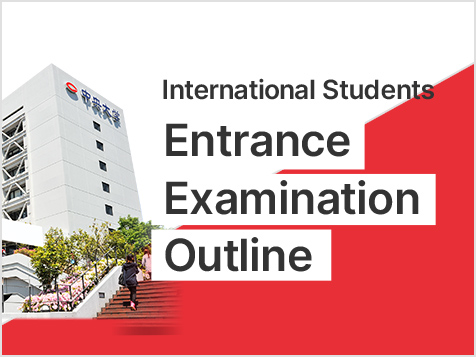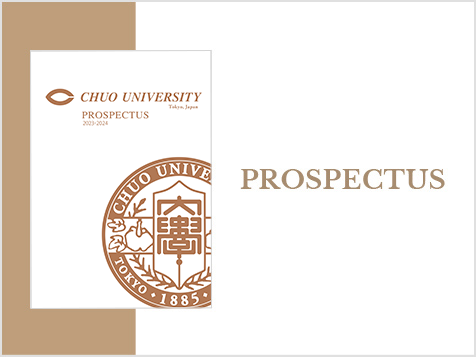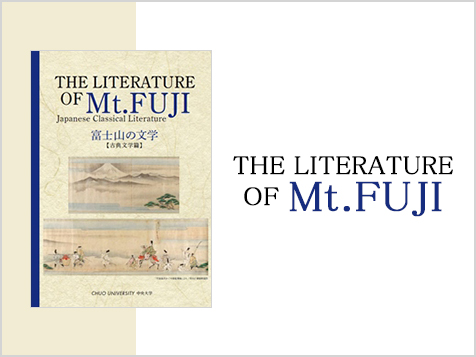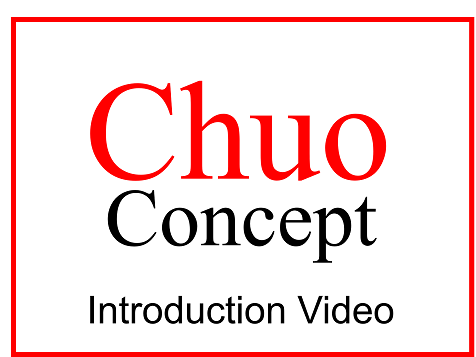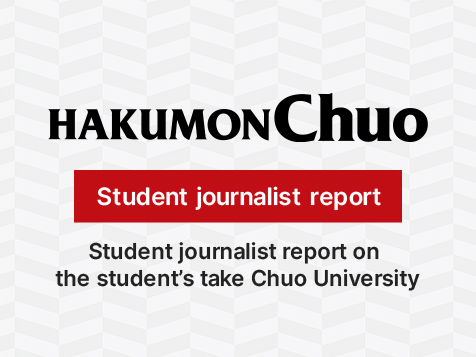About Us
Our History
Establishment of Igirisu Horitsu Gakko
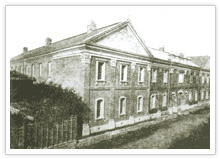
It was in 1885, in the aftermath of the Meiji Restoration, that Chuo University came into the world as Igirisu Horitsu Gakko (English Law School). The School was founded in Kanda-Nishikicho, Tokyo by 18 young attorneys, among them Rokuichiro Masujima who took office as the School’s first director.
Dedicated to the cause of Fostering the Ability to Apply Knowledge to Practice, the founders believed that studying common law, which was closely intertwined with the social reality, would be more useful in nurturing individuals who would be ideally suited to modern society. With this goal in mind, they poured their energy and resources into legal education.
In the space of only two years, the initial student body of 97 people had grown to over 600. In 1889, the year the Meiji Constitution was ratified, the school moved from the old samurai residence it had inhabited to a stylish new two-story brick building. In October of the same year, the school was renamed Tokyo Hogakuin (Tokyo College of Law), with the aim of providing a broad legal education.
The determination shown by Tokyo Hogakuin
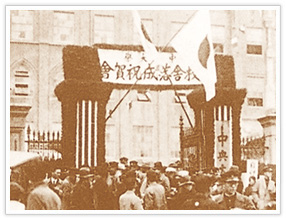
Even after the effort to merge three schools into one university came to naught, Tokyo Hogakuin continued to consider reorganizing as a university. In 1903, the school acquired legal status as a corporation and was accredited under the terms of the Professional School Order as Tokyo Hogakuin Daigaku (Tokyo University of Law). In 1905, the 20th anniversary of the school’s foundation, the Economics Department was opened and the school changed its name to Chuo (literally, “Central”) University. In 1909, a Commerce Department was set up, making Chuo a university with three departments, Law, Economics, and Commerce, and well on its way toward becoming a comprehensive institution of higher learning.
It is said that the name “Chuo” is derived from “Chuo Ho-in,” the Japanese translation of the venerable English legal training institution Middle Temple where Masujima and other founding fathers of the university studied.
From Kanda Nishiki-cho to Surugadai
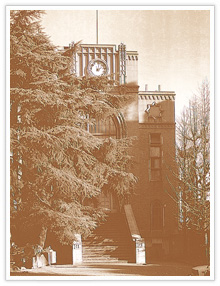
In 1918 the school changed its legal status from a corporation to a foundation in response to the University Order. In 1920, Chuo University was accredited under the Order, and the Faculties of Law, Economics, and Commerce, a graduate school, and college preparatory courses were established, all of which came together to constitute a university under the old, pre-war education system.
Around the same time Chuo earned recognition as a university, it suffered serious damage in a 1917 fire and in the 1923 Great Kanto Earthquake. However, it went on undeterred to rebuild and expand, moving from its familiar home of over 40 years in Kanda-Nishikicho to a new campus in Surugadai.
Surugadai was the backdrop for the next half century of the university’s history, including the opening of a night school in 1931; the establishment of Chuo Kogyo Senmon Gakko (Chuo Technical College) in 1944; the creation of the Correspondence Division, Faculty of Law in 1948; and in 1949, in line with educational reforms, the launch of a new university system incorporating a new Faculty of Engineering. The Faculty of Letters and the graduate schools were set up under this new system in 1951, the same year that Chuo’s legal status was changed to an educational foundation. In 1962, the Faculty of Engineering was reorganized into the Faculty of Science and Engineering.
Move to Tama Campus and expansion in the city center: Chuo University in the 21st century
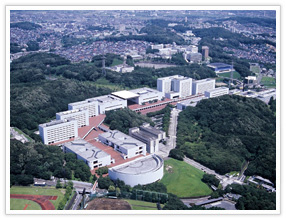
With completion of the move to the Tama Campus in 1978, the university entered a new era. In addition to the four faculties of humanities located in the leafy surroundings of the Tama Campus and the Faculty of Science and Engineering on the conveniently located Korakuen Campus, 1993 saw the opening of the new Faculty of Policy Studies on the Tama Campus grounds.
Moving into the 21st century, three professional graduate schools were launched in succession, enabling Chuo University to offer an even higher level of professional training. The Chuo Graduate School of International Accounting was established in 2002, Chuo Law School in 2004, and Chuo Graduate School of Strategic Management in 2008. Meanwhile, the university continues to expand in central Tokyo, based around the three urban campuses Ichigaya-Tamachi (Middle Bridge), Ichigaya, and Korakuen.
In 2010 Chuo University marked its 125th anniversary and in the same year welcomed the establishment of Chuo University Junior High School and Chuo University Yokohama Junior High School and High School. The Faculty of Global Management on the Tama Campus, and the Faculty of Global Informatics on the Ichigaya Tamachi Campus were established in 2019. In 2020, the Global Gateway Chuo and the International Residence Chuo (IRC) opened on the Tama Campus. The Global Gateway Chuo is equipped with facilities that enable global education and research, and the IRC provides a mixture of educational and living facilities on campus. As the new face of Chuo University, the Forest Gateway Chuo opened in 2021. This unique space will allow various kinds of "wisdom" to be gathered and shared with society, and provide a fresh venue for social interaction, where students can interact with each other, as well as with businesses and other members of society.
The Faculty of Law and the Graduate School of Law relocated to the Myogadani Campus in 2023. This relocation enables Chuo to integrate operations, including cooperation with the Chuo Law School at the Surugadai Campus which has been reborn as a base to develop professional individuals, and further strengthen the promotion of legal education at Chuo. In the same year, as the Faculty of Global Informatics reached the year of graduation for its first class of enrolled students, the Graduate School of Global Informatics opened on the Ichigaya Tamachi Campus to respond to further social changes.
In April 2024, The Museum of Law and Justice and The Museum of Chuo University History opened simultaneously on the second floor of “Honoo-no-To,” Tama Campus. The Museums have four exhibition rooms, allowing visitors to enjoy two permanent exhibitions and two special exhibitions.
Today, Chuo University has grown into a comprehensive institution comprising eight faculties, eight graduate schools, two professional graduate schools, four affiliated high schools, two affiliated junior high schools, and nine research institutes.

